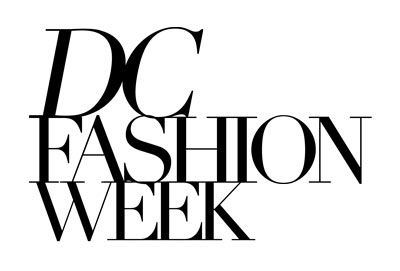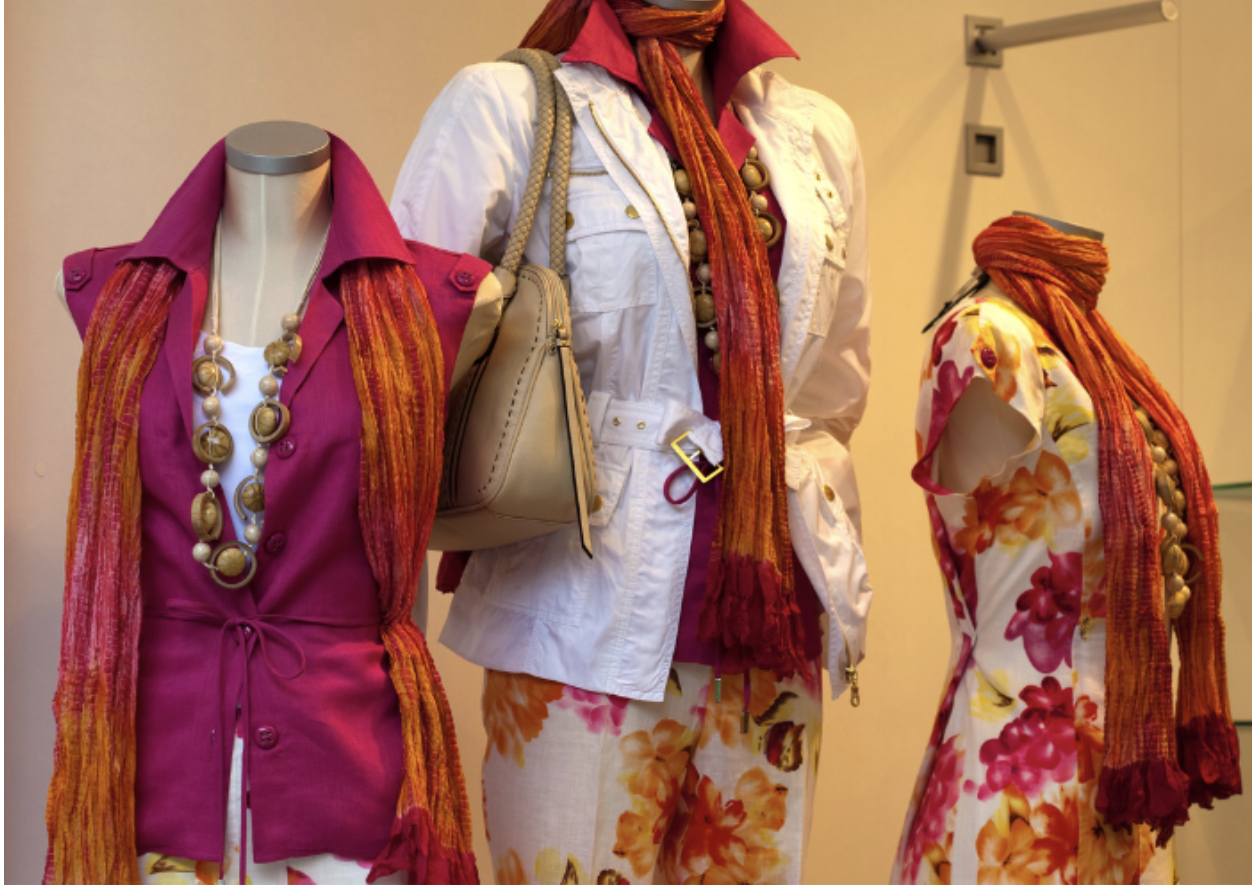Fashion has always been a reflection of culture, society, and personal expression. While established luxury brands continue to dominate runways and retail markets, emerging designers are quietly revolutionizing the industry, bringing fresh perspectives, innovative techniques, and sustainable practices that are redefining what fashion can be. From unique design aesthetics to new approaches in production, these rising talents are not only shaping trends but also influencing the way we think about style, identity, and creativity.
The Rise of Independent Designers
The fashion industry is witnessing a shift away from traditional hierarchies, where only major brands set the agenda. Independent designers, often working outside of major fashion capitals, are carving out spaces for themselves by offering originality, authenticity, and a strong personal vision. Social media platforms like Instagram, TikTok, and Pinterest have made it easier than ever for these designers to reach a global audience without relying on traditional marketing channels.
By leveraging online platforms, emerging designers can showcase their collections directly to consumers, bypassing the need for major department stores or international fashion weeks. This democratization of fashion has empowered young creatives to experiment with bolder designs, mix genres, and introduce cultural influences from around the world.
Innovation Through Customization
One of the signs of emerging designers is their embrace of customization. In an era where individuality is highly valued, designers are increasingly offering limited-run pieces, made-to-order collections, and personalized products. Custom fashion allows consumers to participate in the creative process, turning a simple garment into a statement of personal style.
Technological advancements have also played a role in making customization more accessible. Direct-to-film (DTF) printing, for example, allows designers to transfer intricate graphics, logos, or patterns onto fabrics efficiently and with high-quality results. Some up-and-coming designers in Florida, for instance, are utilizing tools and supplies available in Florida to produce eye-catching designs with a professional finish, all while keeping production costs manageable. This technology has opened the door for smaller brands to create standout pieces without needing massive production budgets.
Sustainability as a Core Value
Emerging designers are also leading the charge in sustainable fashion. Unlike some established brands, which are often criticized for overproduction and waste, many new designers are prioritizing environmentally conscious practices from the outset. This includes sourcing ethically produced materials, reducing textile waste, and adopting slow fashion principles that focus on quality over quantity.
By integrating sustainability into their business models, these designers appeal to a growing consumer base that values eco-conscious choices. Today’s fashion enthusiasts are increasingly aware of the environmental and social impact of their purchases, and they are more likely to support brands that align with their values. Emerging designers understand this shift and are using it as a differentiator to stand out in a crowded market.
Cultural Diversity and Representation
Another defining characteristic of emerging designers is their embrace of cultural diversity. Many young designers are drawing inspiration from their heritage, local traditions, and global influences to create collections that celebrate identity and storytelling. This focus on cultural richness brings fresh narratives to the fashion industry, challenging conventional norms and broadening the definition of beauty.
Inclusive sizing, gender-neutral collections, and adaptive fashion for differently-abled individuals are also becoming more common among emerging designers. These initiatives reflect a commitment to accessibility and representation, ensuring that fashion is not just a privilege for a select few but a medium that celebrates all forms of expression.
Digital Fashion and the Metaverse
Technology is not only transforming production but also consumption. Digital fashion, virtual runways, and the use of augmented reality (AR) have created new avenues for emerging designers to connect with audiences. Virtual garments allow designers to showcase creativity without the constraints of physical production, making it easier to experiment with colors, textures, and futuristic concepts.
Additionally, digital fashion enables consumers to engage with the brand in novel ways, such as trying on virtual clothing through apps or purchasing digital-only items for online avatars. These innovations are particularly attractive to younger audiences who are digitally native and eager to explore fashion in interactive formats.
Collaboration and Community
Emerging designers are also fostering a culture of collaboration rather than competition. Pop-up shops, local fashion events, and collective marketplaces allow designers to showcase their work alongside peers, creating vibrant communities that support growth and creativity. Collaborations with artists, influencers, and small businesses further amplify their reach and introduce cross-industry innovation.
By participating in these communities, emerging designers gain access to shared resources, mentorship opportunities, and industry knowledge that can accelerate their growth. These networks also encourage experimentation, allowing designers to push boundaries while learning from others in real-time.
Challenges and Opportunities
Despite their creativity and innovation, emerging designers face significant challenges. Limited access to capital, high production costs, and the need to build a brand presence in a competitive market are common hurdles. However, the rise of technology, social media, and e-commerce platforms has created unprecedented opportunities to overcome these barriers.
Tools like DTF printing, for example, provide a practical solution for producing small batches of high-quality designs efficiently. Emerging designers can create compelling, customized pieces without the overhead of large-scale manufacturing, allowing them to experiment freely and refine their craft.
The Future of Fashion
The influence of emerging designers on the fashion industry cannot be overstated. They are reshaping consumer expectations, driving innovation, and fostering inclusivity. By prioritizing sustainability, embracing customization, and leveraging digital tools, these designers are redefining what fashion means in the 21st century.
Moreover, their work is inspiring established brands to rethink traditional practices, leading to a more dynamic, ethical, and diverse industry overall. Consumers now expect not only quality and style but also authenticity, environmental responsibility, and cultural representation, standards that emerging designers are uniquely positioned to meet.
Conclusion
Emerging designers are the innovators, storytellers, and visionaries shaping the future of fashion. Through their focus on customization, sustainability, cultural representation, and digital innovation, they are creating a more inclusive, thoughtful, and exciting industry. As these designers continue to challenge conventions and introduce fresh perspectives, the fashion world becomes a space where individuality, creativity, and conscious choices are celebrated.
For those looking to support or even start their own fashion journey, leveraging modern production tools and technologies can make a significant difference. The future of fashion is bright, and emerging designers are leading the way, one innovative design at a time.

